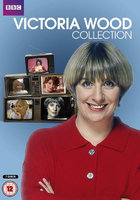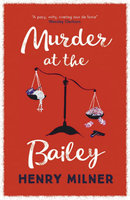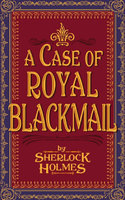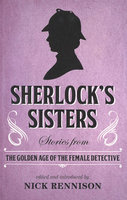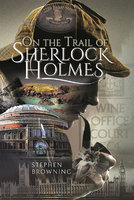New, Quality Gift Books - 50-90% off - over 2500 titles
Your basket is empty.
Categories Last Chance to buy! GREAT BRITISH FICTIONAL DETECTIVES
GREAT BRITISH FICTIONAL DETECTIVES
Book number: 94758
Product format: Hardback
In stock
Bibliophile price
£10.00
Published price
£19.99
Customers who bought this product also bought
|
|
TEDDY BEAR: Soft Brown and Cuddly
Book number: 94806
Product format: Unknown
Bibliophile price
£17.50
|
MURDER AT THE BAILEY
Book number: 95205
Product format: Paperback
Bibliophile price
£5.00
Published price
£9.99
|
|
CASE OF ROYAL BLACKMAIL
Book number: 95187
Product format: Paperback
Bibliophile price
£4.00
Published price
£7.50
|
SHERLOCK'S SISTERS
Book number: 94882
Product format: Paperback
Bibliophile price
£5.00
Published price
£9.99
|
ON THE TRAIL OF SHERLOCK HOLMES
Book number: 95159
Product format: Hardback
Bibliophile price
£9.00
Published price
£20
|
Browse these categories as well: Last Chance to buy!, Crime Fiction







